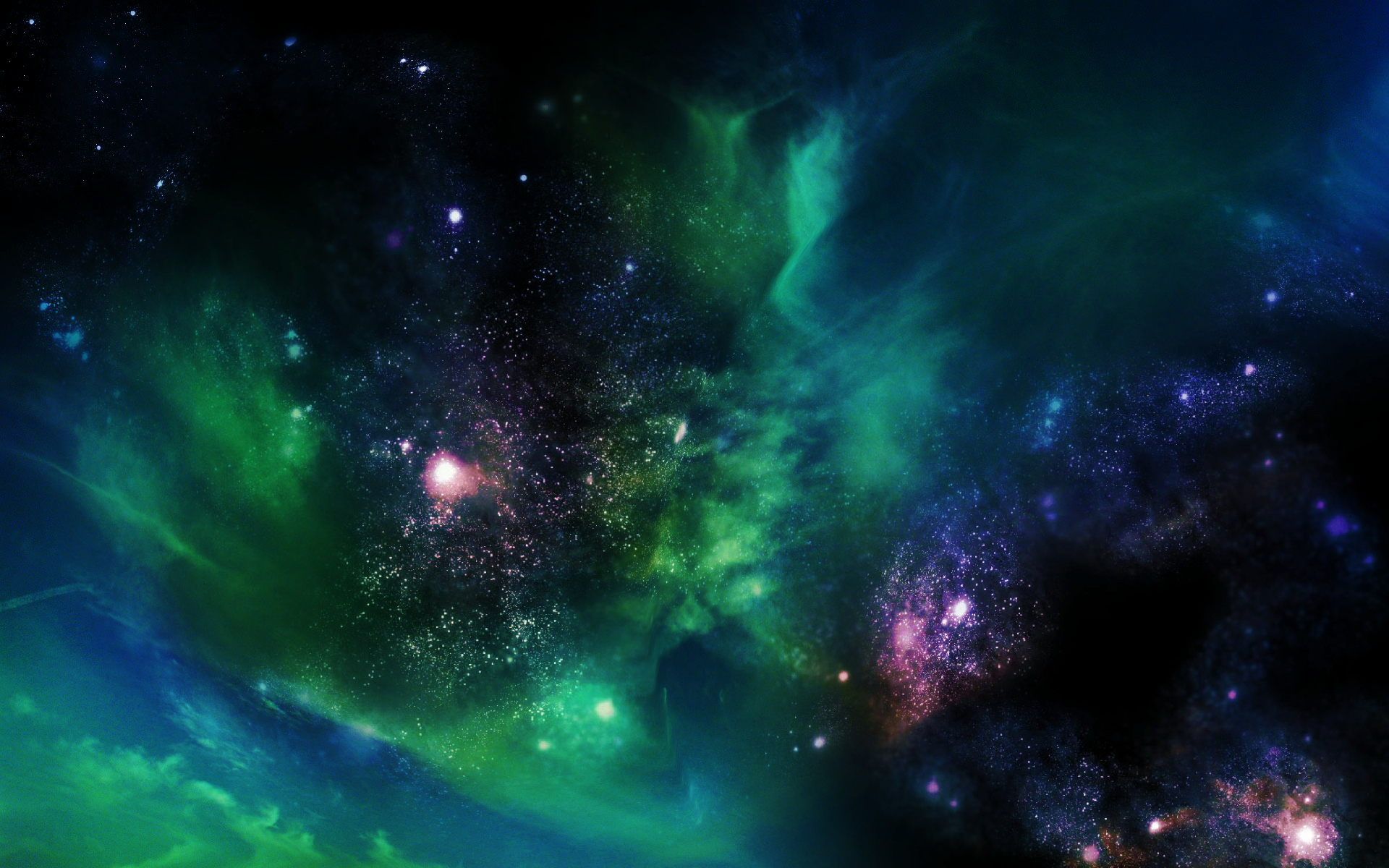
Astronomers have discovered two stars in a binary pair that complete an orbit around each other in a little over three hours, residing in the planetary nebula M3-1. Remarkably, the stars could drive a nova explosion.
This animation is based on photometric observations made by NASA’s Kepler space telescope. By closely monitoring the star KSN 2011d, located 1.2 billion light-years away, Kepler caught the onset of the early flash and subsequent explosion.

Astronomers have obtained a never-before achieved radio astronomical photograph of the youngest supernova. Fourteen days after the explosion of a star in the galaxy Galàxia del Remolí (M51) last June, coordinated telescopes around Europe have taken a photograph of the cosmic explosion in great detail – equivalent to seeing a golf ball on the surface of the moon.